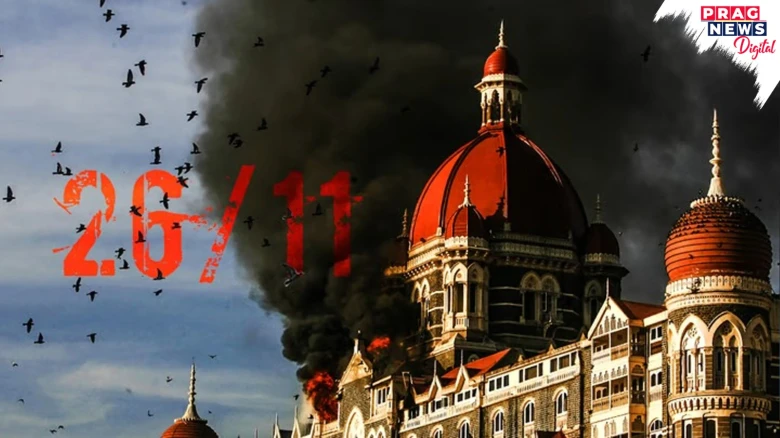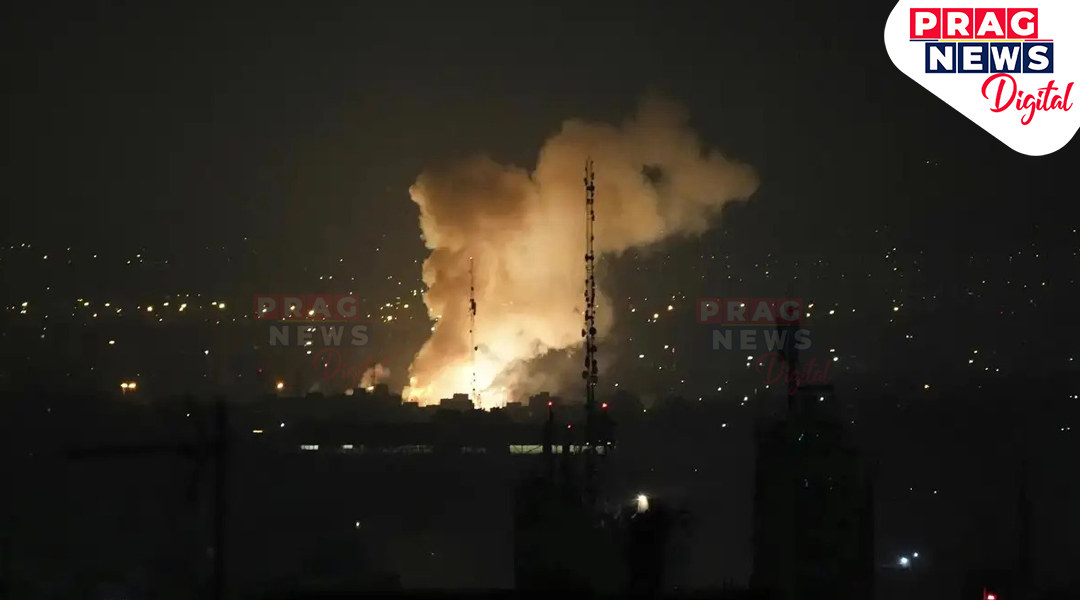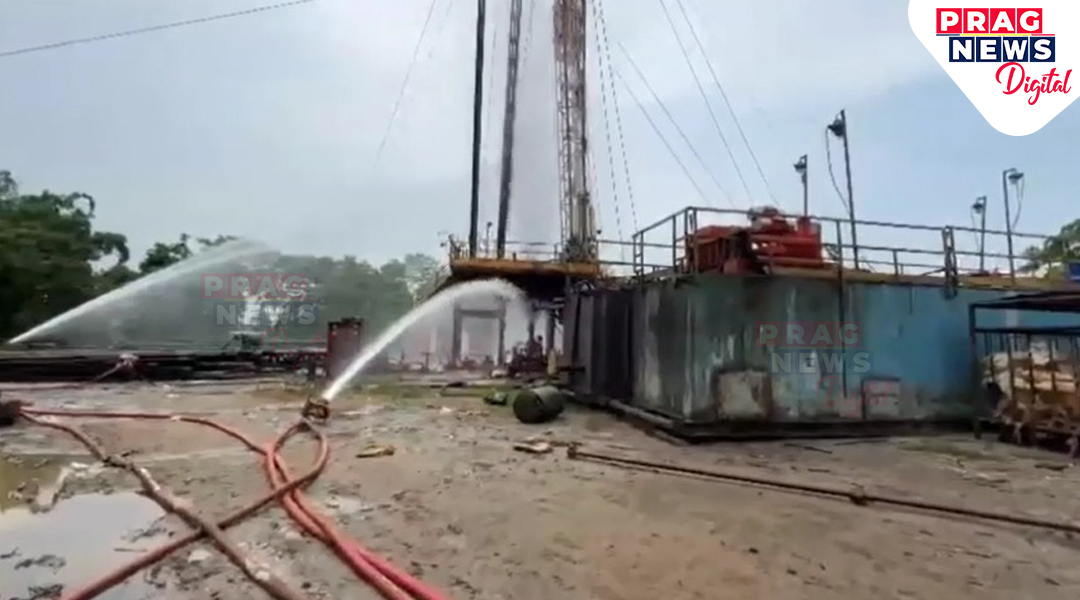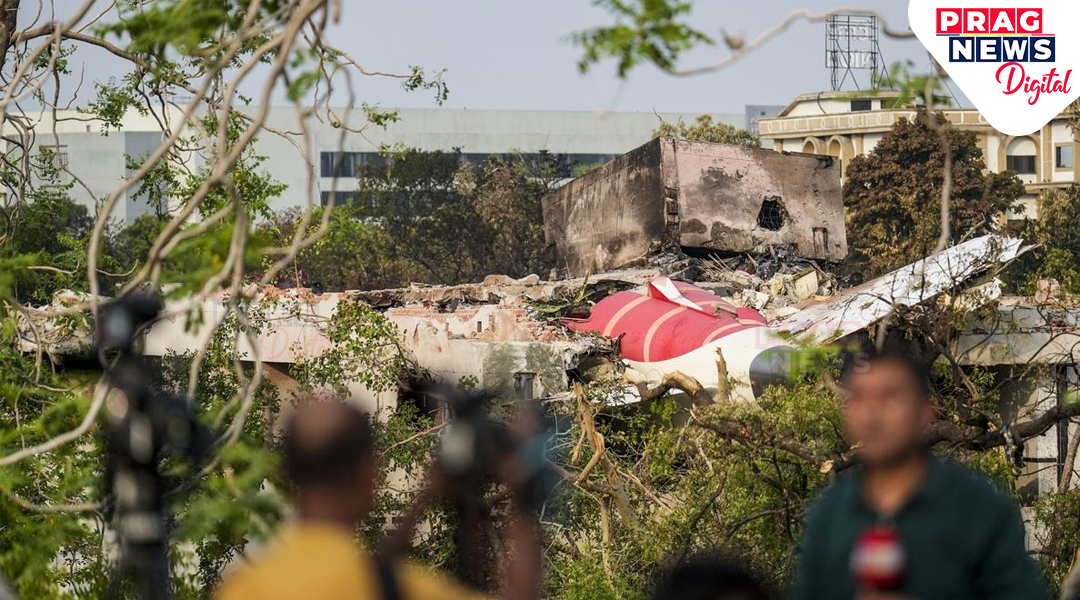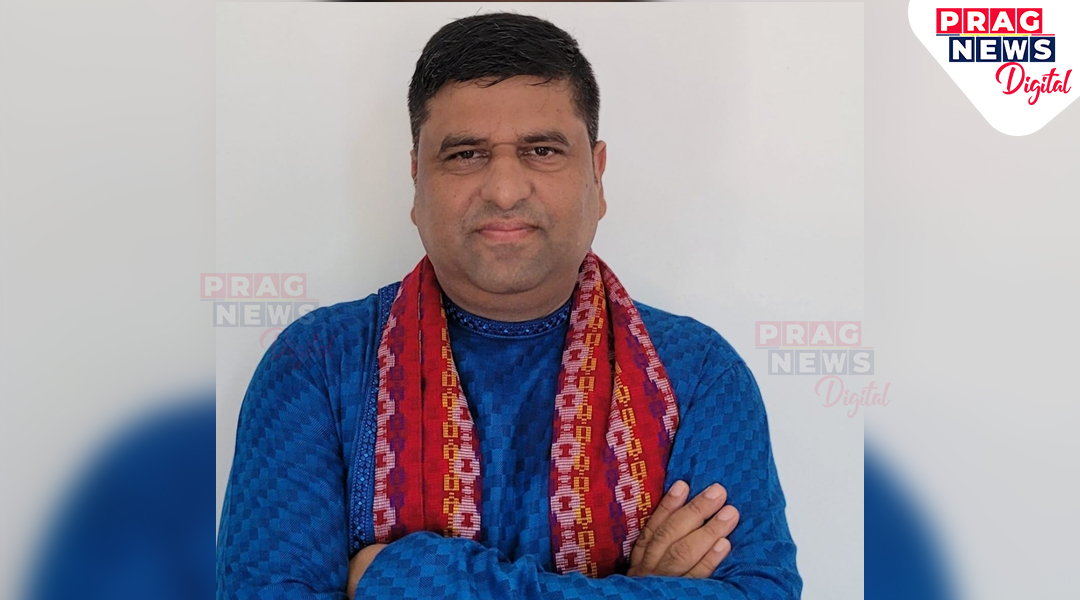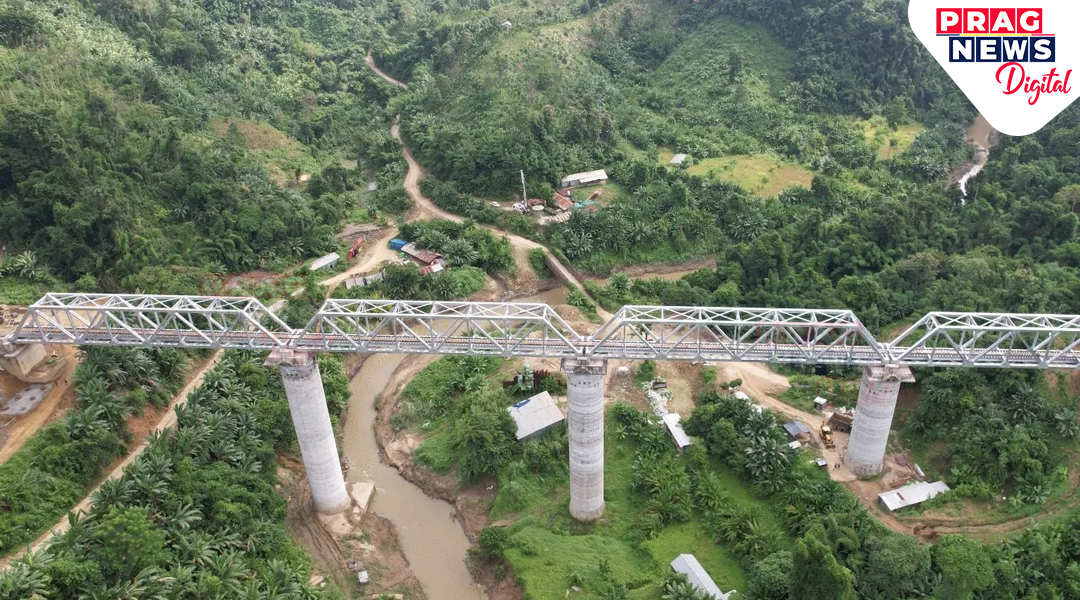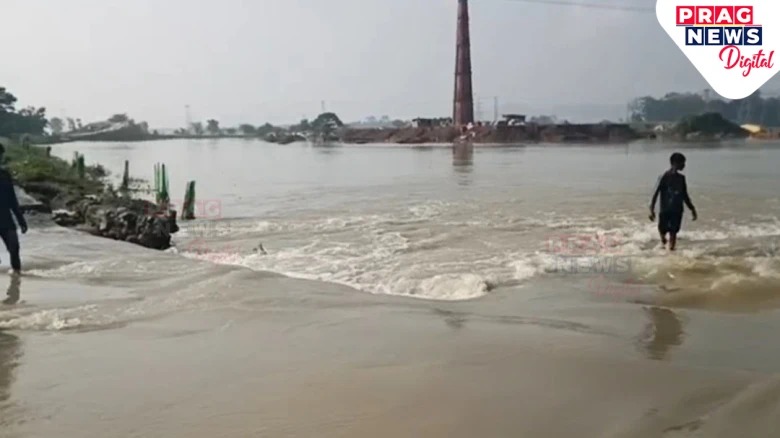On 26th November 2008, Mumbai witnessed one of the deadliest terrorist incidents in its history…
Digital Desk: Mumbai, the financial capital of India, has been hit by one of the worst terrorist attacks of its kind in history, which occurred on 26th November 2008. Popularly referred to as the 26/11 Mumbai attacks, the attack occurred with ten heavily armed gunmen associated with the LeT, which is a banned terrorist organization in Pakistan. These attackers launched a well-coordinated sequence of attacks on strategically significant targets spread across the well-known localities of South Mumbai, killing 166 individuals, injuring more than 300, and traumatizing a vast majority of the country’s inhabitants.
The attackers reached Mumbai through the sea as they used speedboats and rubber inflatable sailboats to land at Badhwar Park and Sassoon Docks. They were split into groups and attacked different areas, called the Taj Mahal Palace Hotel, Oberoi Trident Hotel, CST Railway Station, Leopold Café, Nariman House Jewish Center, two hospitals, and a theater. Eminently equipped with automatic weapons and grenades, they resorted to random shooting, taking hostages, and indulging in long federal battles against Indian security personnel.
The siege continued for almost four days. The operation at Nariman House came to a close on November 28 when six hostages and two gunmen were killed. The operation at the Oberoi Trident and Taj Mahal Palace hotels ended on November 29 after the Indian NSG commando laid down the terror strikes. In the end, nine terrorists were dead, and one terror face, namely Ajmal Kasab, was held in custody alive. The case of Kasab ended in November 2012, when he was awarded the death penalty and executed, making it a novel era on combating terrorism in India.
The attack highlighted many dangerous vulnerabilities in Indian security forces, but at the same time, it spurred global condemnation of terrorism. This event led to so much fear, both locally and globally, forcing a complete overhaul of India’s counter-terrorism system. The Indian Parliament passed the National Investigation Agency (NIA) Act on December 17, 2008, which is a central agency on the patterns of the FBI to investigate terrorism-related affairs. The Unlawful Activities (Prevention) Act was also extended to incorporate harsh measures concerning investigation and combating terrorism.
Upon investigation, it showed that there was great planning for the attack, which was coordinated from outside. In his confession, the attacker Ajmal Kasab pointed to Lashkar-e-Taiba as an orchestrator of the attack, while logging support was provided by David C. Headley, a Pakistani-American who served as a spy in the city; another accused, Sayed Zabiuddin Ansari, is thought to have trained the attackers. Their conviction in 2011 and his arrest in 2012 proved that it was a transnational menace.
Although they were not comparable to the scale of the September 11, 2001 attacks on the U.S.A., its effect was very deep. Terrorism threats stressed the necessity of powerful countermeasures and strengthened cooperation between countries to fight the networks of terrorists. There is no doubt that the memory of 11/26 has kept India going, especially in its determination never to allow such an incident to happen again.


